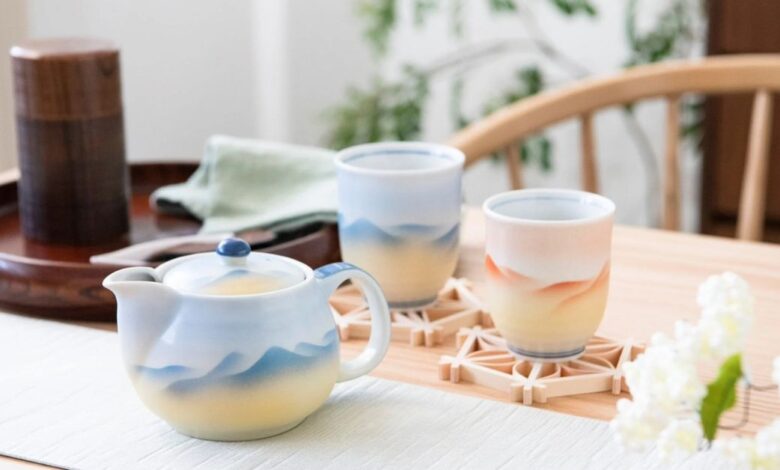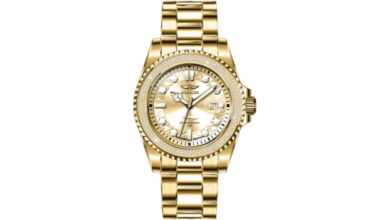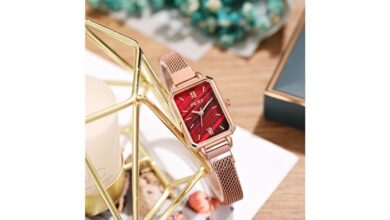Japanese Tea Cups

Japanese tea cups are the most special cups for drinking tea in Japan. Japanese Tea Cups are tea cups with no handles, which is the main difference between Western and traditional Japanese tea cups. They play an essential role in the centuries-old tradition of Japanese tea culture; depending on their size and style, they are exquisite vessels. They are not only regular cups for use; they are like showing it through other forms of art that express Japan’s love for beautiful and simple things.
These cups have their own story and come in different shapes, sizes, and styles. They are used by the people for different types of fancy tea ceremonies and for savoring a daily warm cup of tea, showing them a culture of Japan’s tea culture. There are many types of Japanese tea cups characterized by their specific shape and designated purpose, which are shown below in this article:
Chawan
This type of Japanese teacup is a handmade clay bowl designed to be a perfect tool for making matcha. The heat of the tea is retained by the thick, heavy clay well, and it also shows a sense of importance, compelling the guest to focus only on the tea and drink it with both hands. The look of Chawan is quite different from a typical bowl, as it possesses a cylindrical shape. This makes it easier to drink matcha tea, as there is more space in the bottom of the bowl, and the steep sides enhance spill resistance.
Moreover, a small pattern on one side of the tea bowl commonly plays a creative role in the tea ceremony. Whenever the guests are drinking the tea from the tea bowl, as a gesture of respect, they intend to rotate the design towards fellow guests, allowing them to look at the most fantastic side of the bowl as they drink.
Yunomi
This is also a type of Japanese teacup that is designed for everyday drinking. Yonomi are teacups intended for the enjoyment of a modest cup of tea. They are unofficial, with straight-sided or rounded designs, everywhere, maybe at home or in a restaurant. These teacups are pretty giant and suitable for hot and cold beverages, such as Japanese green or roasted black tea. Coffee, sake, wine, spirits, or simply water are the drinks we can drink in the Yunomi teacups. Next, there are more types of Japanese Tea Cups according to their specific shape, size, and styles: Hagi, Karatsu, Shino, Mashiko, and the last one is Wabi Sabi. These differ due to their size, styles, and use of purpose.
Hagi
The Hagi is an older, traditional type that is crafted from stone. The Korean style of pottery influenced the glazing style and was passed down through generations. There was intense competition between Japan and Korea in pottery production during the 15th century, and many skilled Korean potters were recruited for their expertise. This led to more Korean influence in Japanese pottery during that century, which is visible in these Japanese tea cups. One can often observe Hagi tea cups featuring a distinctive cracked white glaze effect, as this was one of the most noteworthy styles of the time.
Karatsu
This Karatsu is another type of Japanese teacup that is crafted through a high-temperature firing process and glazing. Usually, the iron paint is applied beneath the glaze, even though the coloring is different, so the texture is constant. The popularity of this clay tea cup became less familiar with the introduction of porcelain to Japan. However, it has experienced a resurgence in recent times.
Shino
Initially, The Shino was genuinely a Japanese style of white glaze used for the Yunomi tea cups. Oxide marking is one of the known features of these types of Japanese tea cups, which are made from feldspar and used to impart color and texture to the cup. The other most known feature of these Japanese tea cups is the tiny perforations scattered across the teacup. Because of its similarity to the exterior of a Lemon, this style is sometimes commonly known as citron skin or “Yuzuhada.”
Mashiko
These Japanese tea cups are named after the small town of Mashiko, where they were initially made. The earliest versions of these clay tea cups were red, fashioned from the red clay for which the town was renowned. Encouraged more creative freedom when the potter named Shoji Hamada became integral to the artistry of these types of Japanese tea cups. So, those produced in the early 20th century and newer variations often deviate from the traditional red clay design.
There are two different products according to the material from which the Japanese Tea Cups:
Clay
These are the actual types of Japanese tea cups, which are made from Clay material. Some places in Japan, like Tokoname, are made from naturally sourced, high-quality clay, and they craft exceptional Japanese teapots and Japanese tea cups. Clay is denser than porcelain but can be better and easier to work with. These clay-made Japanese tea cups are trendy in Japan, with more traditional Japanese visual and artistic quality and appearance.
Porcelain
Porcelain was presented in Japan much later, and it quickly gained popularity. Chinese porcelain was viewed as a significant symbol of prestige not only in Europe but also in Japan. Today, porcelain is much more reasonably priced, making it a familiar sight of tea being served in small porcelain cups with a white finish. Teacups, made of porcelain, are very popular in Japan and can be used by every household. They are made small in size and light in weight and come in different sizes and shapes.
What Makes Us Different!
Japanese tea cups are unique in their way. They are different from Western teacups as they have no handles. There are many Japanese tea cups, each characterized by their specific shape and designated purpose. The heat of the tea is retained by the thick, heavy clay well, and it also shows a sense of importance, compelling the guest to focus only on the tea and drink it with both hands. The look of Chawan is quite different from a typical bowl, as it possesses a cylindrical shape.
This makes it easier to drink matcha tea, as there is more space in the bottom of the bowl, and the steep sides enhance spill resistance. Moreover, a small pattern on one side of the tea bowl commonly plays a creative role in the tea ceremony. Whenever the guests are drinking the tea from the tea bowl, as a gesture of respect, they intend to rotate the design towards fellow guests, allowing them to look at the most fantastic side of the bowl as they drink.
“There is something tea that leads us into a world of quiet contemplation of life.” – Lin Yutang,
As we hold the best reviews on every product, we encourage users to buy it. Our recommendations are beneficial and handy in terms of life-ease products. Grab your favorite one and enjoy the blessing of life. Stay tuned to hear more from us!




